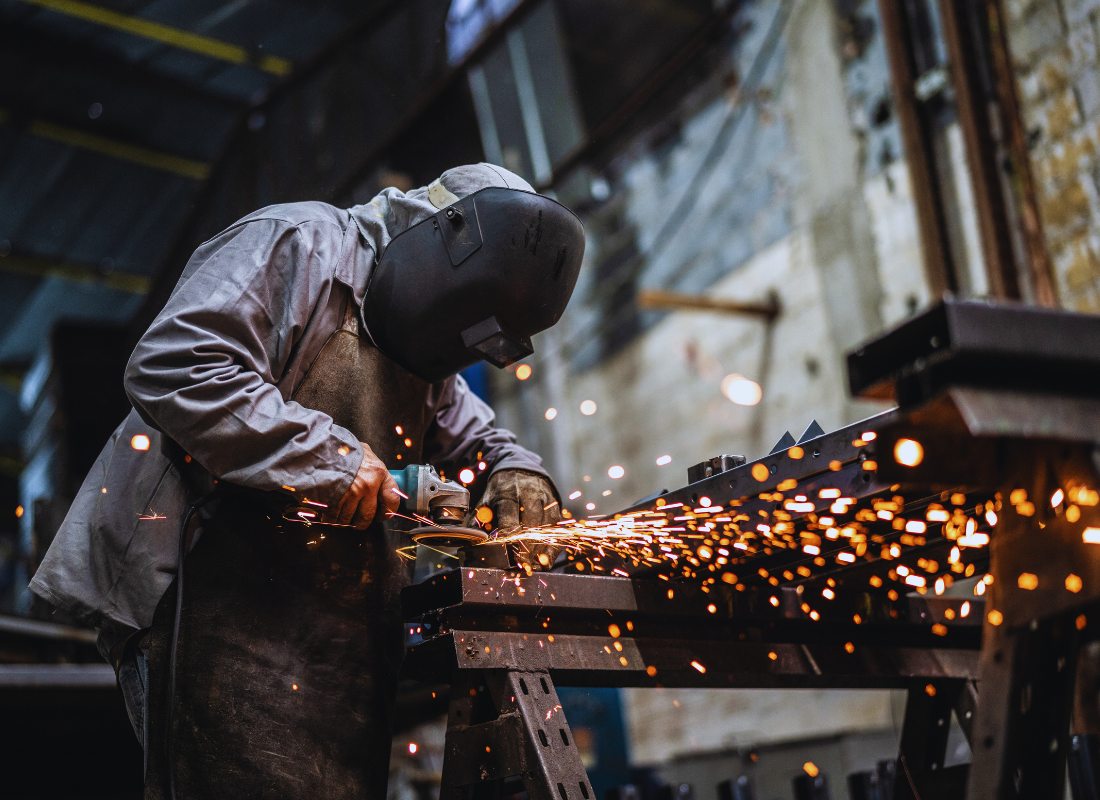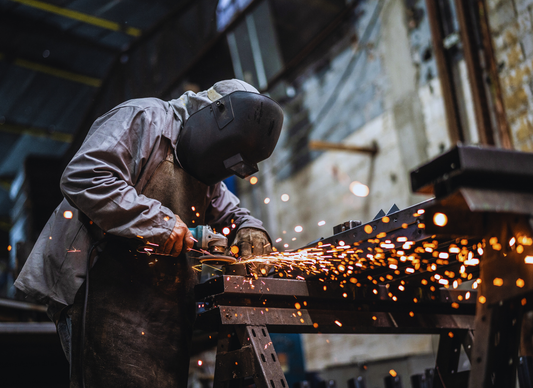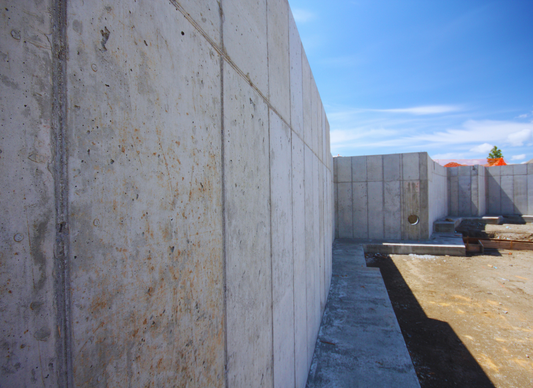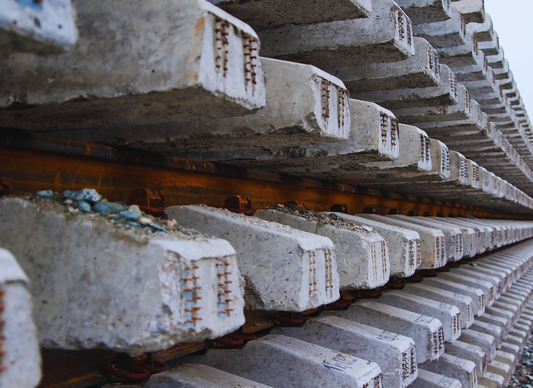The weather of Sydney is a combination of salty sea air, humidity, and rapid changes in temperature, a combination that is very harsh to metal structures. Since the days of backyard fences through to commercial frames, a lot of property owners have found out the difficult way that cheap steel is not going to last long in the Sydney environment. However, one material has managed to stand the test of time, and it has been galvanised steel.
We are going to find out why plain steel does not last long, and why galvanised steel is worth the price.
Problem With Cheap Steel
High-quality steel may be inexpensive or unrefined, but it could appear at first to be a great deal. It is cheap, readily obtained, and suitable in the event of a temporary structure. However, the weather in Sydney speaks otherwise.
Corrosion Rapid = Salt Air and Humidity
The climate of Sydney is coastal, implying that the area is always exposed to salty air, particularly in the suburbs that are close to the ocean. Salt enhances the rate of oxidation, and rust develops, which corrodes through the surface of the steel. As soon as the corrosion begins, it runs quickly, weakening the strength and appearance.
Rain and Temperature Variations
The rain and the temperature changes often lead to condensation, keeping the surfaces of the steel wet most of the time. In the absence of a protective coating, the moisture flows into small cracks and joints, and it corrodes internally.
Pollution and Acidic Conditions
In the industrial regions, the moisture mixed with airborne pollutants produces mild acids. These also increase the rate of rusting and discoloration to leave steel thin and peeling in a couple of years.
Simply put, inexpensive steel may save money in the short run, but it will cost you a lot in the long run in terms of constant repairs and replacements.
How Galvanised Steel Resists?
Galvanisation, Zinc is used to give a protective coating to galvanised steel as a technique known as hot-dip galvanisation. Such a zinc coating provides a shield as well as self-healing protection.
Barrier Protection
The zinc layer provides a solid coating between the environment and the steel. The base metal can not be exposed to moisture, salt, and oxygen, preventing corrosion before it occurs.
Sacrificial Protection
The zinc still provides a defense to the steel under the surface, even when it is scratched. Zinc corrosion occurs initially, and it does not damage the underlying metal. It is this sacrifice that renders galvanised steel long-lasting.
Coastal Climates Durability
Coating on the galvanised metals has been designed to resist the humidity and sea spray in Sydney. It can be a fence in Bondi or a roof frame in Parramatta; galvanised steel does not rust, and it does not lose its power over decades.
Long-term Values short-term Savings.
Most of the owners of property opt to use cheap steel because they believe that it is economical, yet the costs in the long run prove otherwise. After the onset of corrosion, repairs, replacements, and repainting become very expensive.
On the other hand, galvanised steel will lower the lifetime maintenance costs. This initial outlay may be a little more, but its longevity will pay off in a short time over decades of use.
Real-World Lifespan Comparison
Let’s compare how long different types of steel last under Sydney conditions:
|
Type of Steel |
Approximate Lifespan (Coastal Conditions) |
Maintenance |
|
Cheap untreated steel |
2–5 years |
High–frequency repainting and rust removal |
|
Painted mild steel |
5–10 years |
Moderate – needs recoating and touch-ups |
|
Hot-dip galvanised steel |
30–60 years |
Low – minimal maintenance required |
With galvanised steel, you get a low-maintenance, high-strength solution that can handle years of exposure without losing integrity.
Common Uses of Galvanised Steel in Sydney
Galvanised steel is used across a wide range of industries and applications due to its resilience.
Residential
-
Outdoor fencing, gates, and railings
-
Roofing and pergola structures
-
Water tanks and gutters
Commercial
-
Building frames, walkways, and carparks
-
Street furniture and guardrails
-
Signposts and light poles
Industrial
-
Bridges, pipelines, and structural supports
-
Warehouse frames and machinery parts
No matter the application, galvanised steel holds up against Sydney’s challenging conditions far better than untreated or painted alternatives.
Environmental Benefits and Sustainability
The galvanised steel is also environmentally friendly as opposed to painted or coated metals that undergo constant use of chemicals.
-
Zinc is non-toxic and can be recycled, and thus, it is safe to the environment.
-
Long life cycle translates to less wastage and fewer replacements, leading to less carbon footprint in the long term.
-
Galvanised steel can be reused in new construction without being weaker or less protected.
Galvanised steel would perfectly fit into the modern construction practice in a city such as Sydney, where sustainability and durability are two partners.
Signs It’s Time to Switch to Galvanised Steel
When you observe any of the following problems in the existing steel structures, then it is time to make the switch:
-
Observable rust spots or bubbles of paint.
-
Patient has weak joints or flaking surfaces.
-
Frequent repaintings or repairs are required.
-
Early structural wear even following maintenance.
The substitution of these with galvanised steel is a sure way to stay safe in the long run, have a better outlook, and feel confident.
Conclusion
The weather does not favor steel in Sydney. Cheap materials do not stand a chance against salty air and humidity. The smarter, longer-lasting alternative is galvanised steel - it is tough, weather-resistant, and designed to safeguard your investment.
When constructing, refurbishing, or repairing a structure in Sydney, bypass the empty purse of cheap steel. Make your choice, galvanised steel, and you will be enjoying decades of strength, safety, and savings - no rust, no stress




